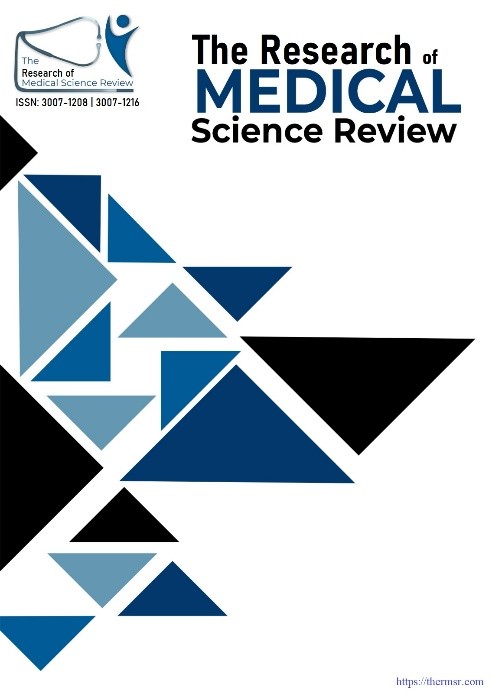EVALUATION OF LIPID PROFILE IN PATIENTS WITH CIRRHOSIS CAUSED BY HEPATITIS C VIRUS AND ITS ASSOCIATION WITH CHILD-PUGH SCORE
Main Article Content
Abstract
Background: Hepatitis C virus (HCV) infection is yet the leading cause of chronic liver disease and cirrhosis, especially in developing country such as Pakistan. Liver in particular takes centre stage in lipid processing and with the progressive hepatic dysfunction of the cirrhosis, the serum lipid levels can all be changed greatly. But there are no extensive peripheral data to ascertain the relationship between the severity of liver disease and liver derangement of lipids.
Objective: To compare the relationship between the fasting lipid profiles and the Child-Pugh classification in patients with HCV induced liver cirrhosis.
Methods: A cross-sectional study was also carried out at Chaudhry Muhammad Akram Teaching and Research Hospital between 21 January 2025 and 21 June 2025. A total of 200 patients (with cirrhosis) 16-75 years of age were recruited with HCV infection. The patients were arbitrated into Child-Pugh classes; A, B, and C. Blood samples were also taken after fasting overnight in order to evaluate the level of total cholesterol, triglycerides, low-density lipoprotein (LDL), and high-density lipoprotein (HDL). A one-way ANOVA with post-hoc tests of Tukey was applied and p<0.05 was regarded to be statistically high.
Results: There were 200 patients involved in the research, 70 patients with a Class A of Child-Pugh, 80 patients with a Class B of Child-Pugh, and 50 patients with a Class C of Child-Pugh. Mean levels of total cholesterol, triglycerides, LDL, and HDL were significantly decreased with the failure of Child-Pugh classification (p<0.001 for all). The post-hoc was significant in showing that there was significant difference between the pair-wise association which implies that there was a strong inverse relationship between lipid profile and the severity of cirrhosis.
Conclusion: The relation between serum lipid profile and Child-Pugh class demonstrates statistical correlation that is negative in patients having HCV-related cirrhosis. The profiling of lipids could be an easy, low-cost addition to the assessment of liver health and the progress of the disease, especially in low-resource settings
Downloads
Article Details
Section

This work is licensed under a Creative Commons Attribution-NonCommercial-NoDerivatives 4.0 International License.
